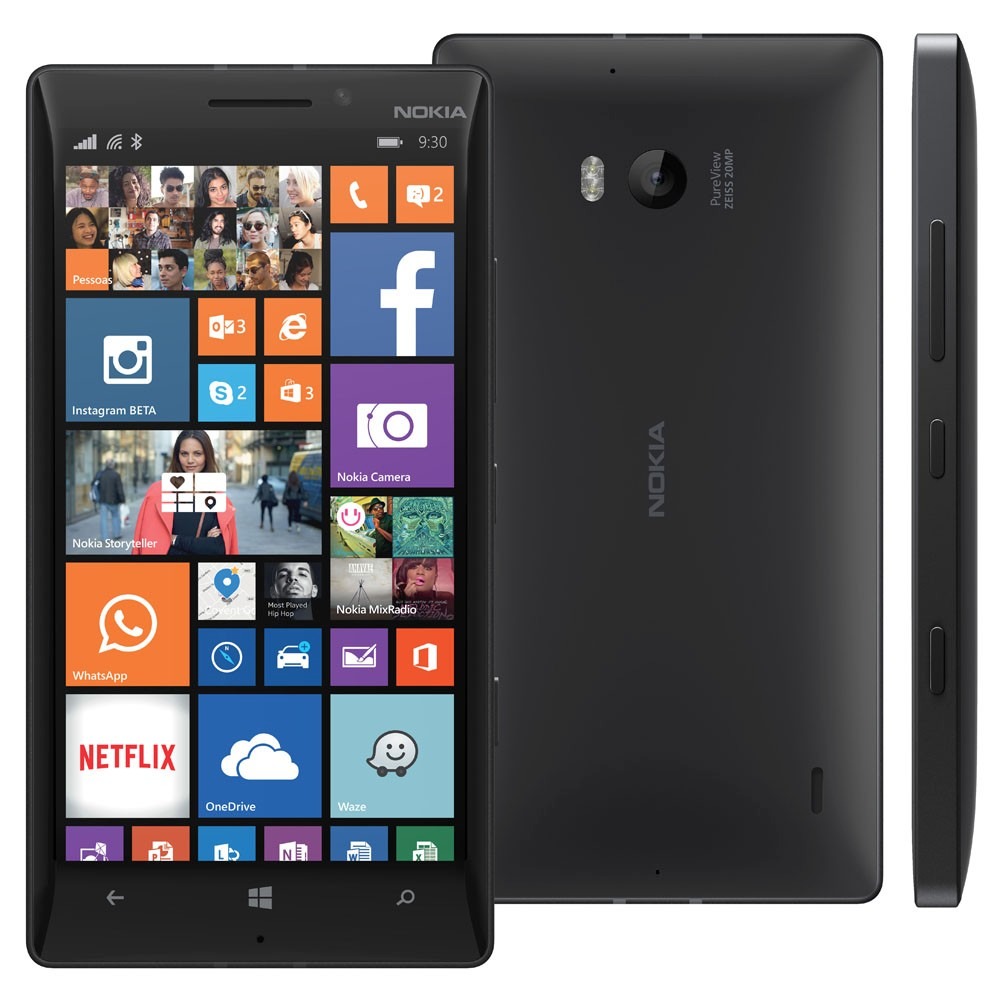
Old cordless phones, garage door openers, baby monitors, and other devices tend to use the 2.4 GHz band. The 2.4 GHz band is a pretty crowded place, because it’s used by more than just Wi-Fi. The second big caveat is that important phrase we mentioned: “ideal conditions.” RELATED: Why You Should Upgrade Your Router (Even If You Have Older Gadgets) You can learn more about how those standards affect things in our guides on whether you need 802.11ax and whether you should upgrade your wireless router. First, the maximum speed you might see is also dependent on what wireless standard a router supports - 802.11b, 802.11g, 802.11n, 802.11ac, or 802.11ax. And then I took them back into my studio and they were ready to go.Of course, there are some caveats here. So I was able to take 10 of these different light bulbs and set them all up kind of out in my driveway. Then I can go move it back wherever I want in the house.Īs a matter of fact, you only need that 2.4 GHz connection during setup because once it's on the network, it's on the network. And then I go through the setup process and once that's done, once it's confirmed and I've gone through that whole thing, it's on the Wi-Fi network.

So I just plug it in out at the edge of the Wi-Fi coverage. It connects directly to your Wi-Fi, which is great in some ways, but it has to be set up on that 2.4 GHz band.

It's a cheaper off-brand one (read: not the Philips Hue brand). So in this case, like I said, I'm going to illustrate with a smart light bulb.

And when I get to the edge of that coverage, it's going to automatically flip over to that 2.4 GHz connection because that's the only one that’s available at that distance. So, whatever the smart home device is-in this case it's a light bulb-I just need to get to the edge of my Wi-Fi coverage. And how do you make your smart device connect to the 2.4 GHz? Well, pretty easily, actually.


 0 kommentar(er)
0 kommentar(er)
